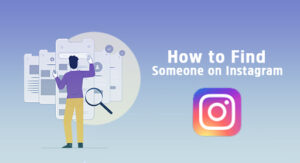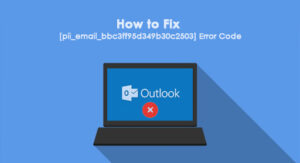Emoticon Vs Emoji
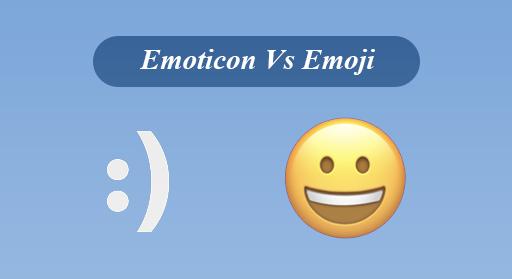
The world is immersed in the power of technology, and people spend their time searching and finding information through their internet-enabled devices.
It is not a new finding that they get connected, share information, and keep the network alive through messenger, and various message applications.
Smartphone companies are exploring new and quicker ways to help users easily send messages and convey their feelings and expressions.
Messaging is instant, and time-saving techniques to maintain the network and more creative methods are being added up to this technology.
In this busy and occupied routine, nobody will be interested in spending more time sending long messages. And here comes the role of emoticons and emojis to your comfort and ease of access.
If you wonder what is the difference between Emojis and emoticons, yes both of them are different. Emojis and emoticons have notable differences.
However, both can convey your feelings easily and quickly without typing so much and spending time on it.
Now, let’s explore emojis and emoticons in detail and analyze their differences.
Emoticon
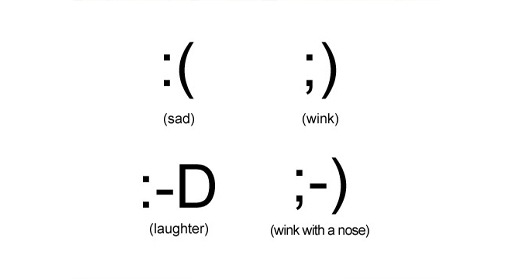
The word, Emoticon is a combination of emotion and icon. These together constituted emoticons, also called emote in short.
Emoticons are the symbols or the combination of the symbols which are entered using the keyboard.
They are the combination of letters, numerals, and symbols used in a pattern that replicates the human reaction or facial expressions.
Usually, emoticons are not perceived easily, they need the effort to understand what they denote.
Emoticons can be used to represent human expressions easily and quickly with keyboard characters.
With the use of characters like, for instance, colon, semicolon, dashes, exclamation, parentheses, and other characters or their combination, emoticons are commonly read by tilting your head to understand the expression being typed.
For example, </3 means a broken heart, 🙁 means sad expression, and 😀 means to laugh.
The users from Japan had made use of an emoticon, called Kaomoji, which can be read and understood without tilting your head.
ALSO READ: What Is a GIF, and How Do You Use Them?
History of Emoticon
Emoticon started its journey in 1982. This was purely accidental and was held at Carnegie Mellon University.
Neil Swartz, a Computer Scientist, had put up the details of a Physics puzzle for his computer scientist colleagues in the message board of the department.
His colleague gave a funny comment on it, that the leftmost elevator got contaminated with mercury and fire damage had occurred.
This joke had created panic among the people on the campus. Later due to this incident, they had decided that the jokes had to be marked with a symbol 🙂 which looks like a smiling face when tilted and read.
And the other character set was described using 🙁 symbol.
That is how the emoticons evolved. Emoticons became popular in 1990 with the evolution of emails and text messaging platforms.
Emoji

Emoji refers to small images that express a particular image or an idea. Emoji can also be inserted along with the text.
Nowadays, emoji are widely used in emails, SMS, text messaging and chats, and other online applications.
E means picture and Moji means character. This together gave birth to the word emoji.
Emoji is a pictograph of objects, facial expressions, and symbols. The small pictures of yellow cartoon faces, objects, animals, symbols, foods, etc. used in Whatsapp are the most popular examples of emojis used in daily life.
Emoji have encoded characters that are added to the messaging applications with extension.
The Unicode Consortium is an image-based language. It takes about 100 emojis every year. It is as easy as selecting the picture you need to use and pressing the enter key, to use emojis in a conversation.
There are in total 3,521 emojis as per the October 2020 reports in the Unicode Standard. (Source: Emoji Statistics)
Benefits of using Emojis
- Emoji make messages more personalized.
- The level of engagement is high.
- You can use it to make conversation friendly and casual.
- It is easy to express emotions.
- No risk involved in typing and doesn’t take up too much space.
- No grammatical concerns.
ALSO READ: What Is QA & Why Quality Assurance Is Important in Web Development Process
History of Emoji
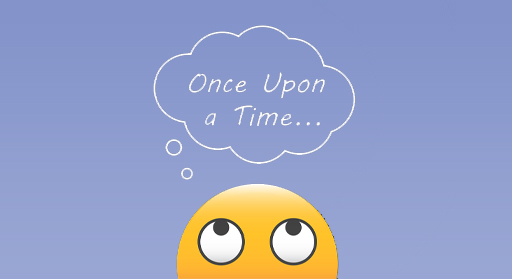
The earliest emoji was inspired by Manga art and the Kanji characters.
Emoji was used first in Japan for cell phone communication in 1997. The first emoji had a size of 12 x 12 pixels.
The first emojis were found by the interface designer Shigetaka Kurita, for a Japanese Mobile Operator, in 1999. These were known to be the first cellular emojis that were brightly colored.
Emojis were initially made with the help of a drawing tool. Later they were deployed in a 16-bit Unicode system. This paved the way for the emojis to be compatible with Operating Systems like iOS, Windows, macOS, Android, etc.
In the 1990s, Nokia mobile phones had introduced the pre-set ‘Smileys and Symbols’, into the text messaging feature. The Unicode or the universal character set was the International standard established for the text representation.
ALSO READ: Things To Consider While Developing A Software
Difference between Emoticon and Emoji
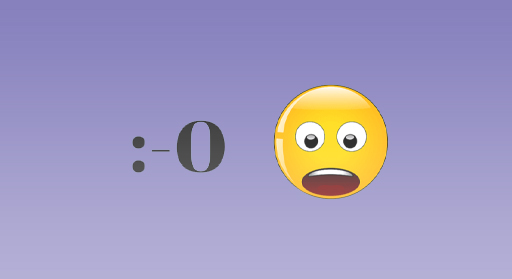
By now, you might have got an idea about the difference between an emoticon and an emoji.
Here are the key differences between emoji and emoticon, for you to have a better understanding.
- An emoticon is a combination of letters, numbers, alphanumerics, or other symbols present on your keyboard, that denotes your expression or state of mind.
Emoji can be a pictogram, logogram, or important used in messaging applications to convey an expression, emotion, or feeling.
- Emoticons can’t be perceived easily and they require your efforts to understand and interpret the meaning they convey.
Emojis are easy to understand since they are represented in a pictorial format and easy for everyone to perceive.
- Emoticons are not that user-friendly. They need to be found and typed from the keyboard, which is not that easy.
Whereas, emojis are user-friendly and easy to access.
- Emoticons are not bright or colorful. They are typed with normal letters or symbols of the keyword and don’t have an attractive part. Whereas, the emojis are bright and colorful pictures, and add flavor to your messages and conversations.
ALSO READ: Phases Of Android App Development Life Cycle
Conclusion
The wide use of emojis has replaced the importance of emoticons. However, both emojis and emoticons have been the best alternatives to long text and messages.
They can also easily represent human emotions and feelings without much effort.
Whether it be emoticons or emojis, your conversation gets a personal touch and tone with their use, and they can express your feelings instantly.

